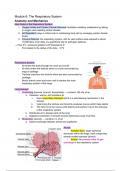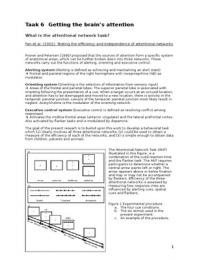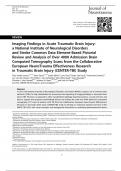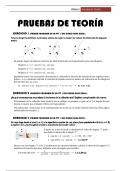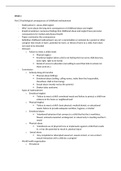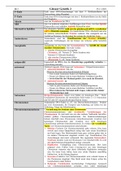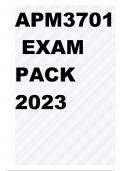Class notes
The Respiratory System
- Institution
- Duke Divinity School
This document provides an extensive examination of the respiratory system, covering its anatomy, the mechanics of breathing, and the physiological processes involved in gas exchange. It discusses the roles of various parts of the respiratory system, including the intake of oxygen, removal of carbon...
[Show more]
